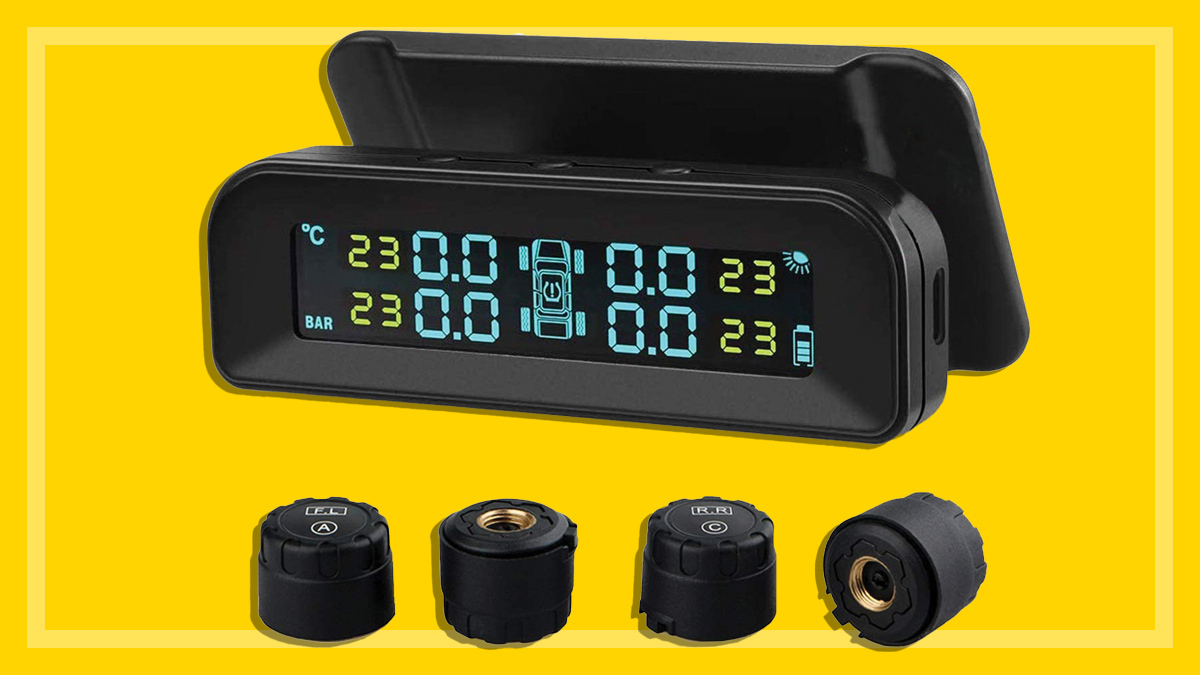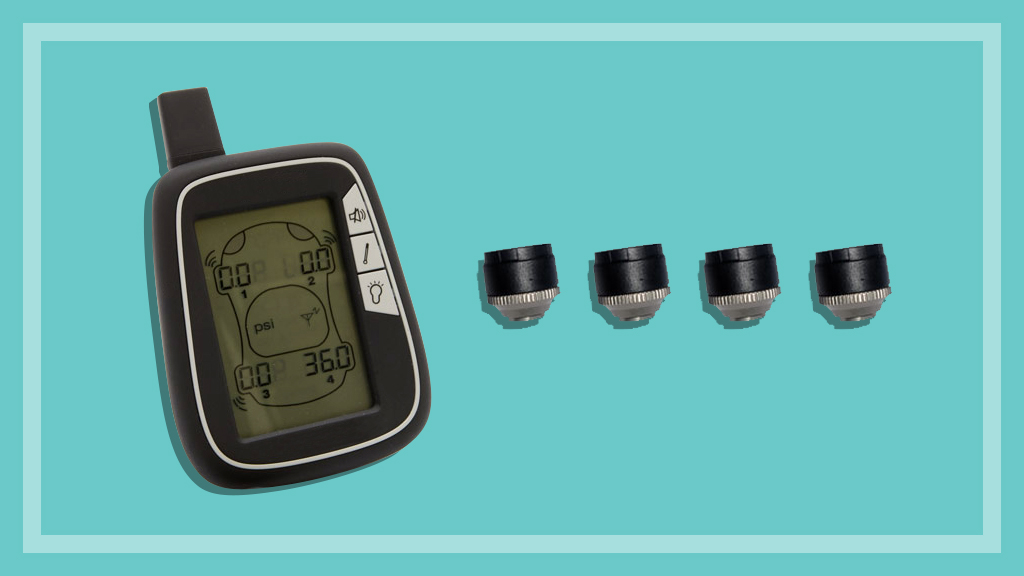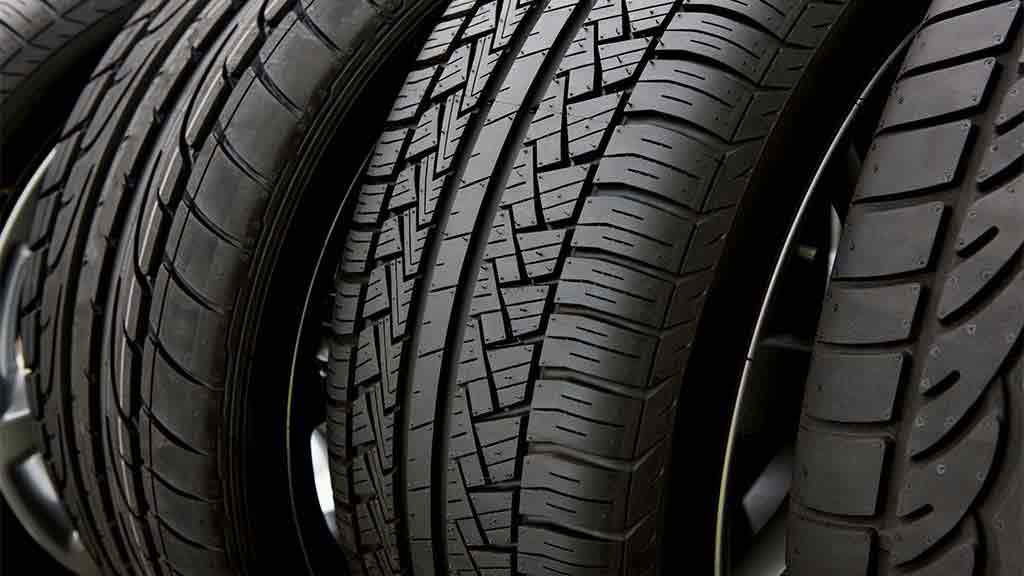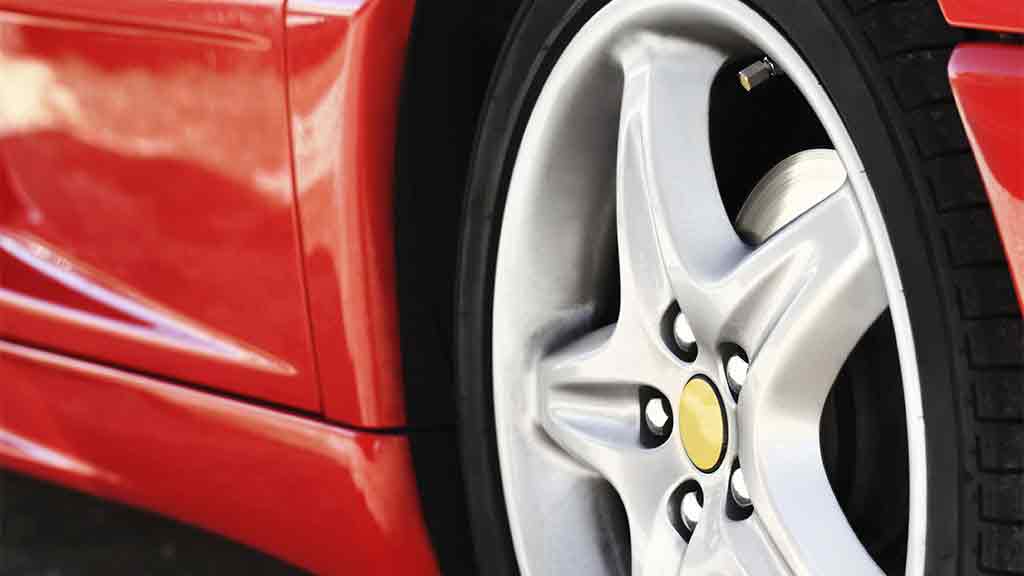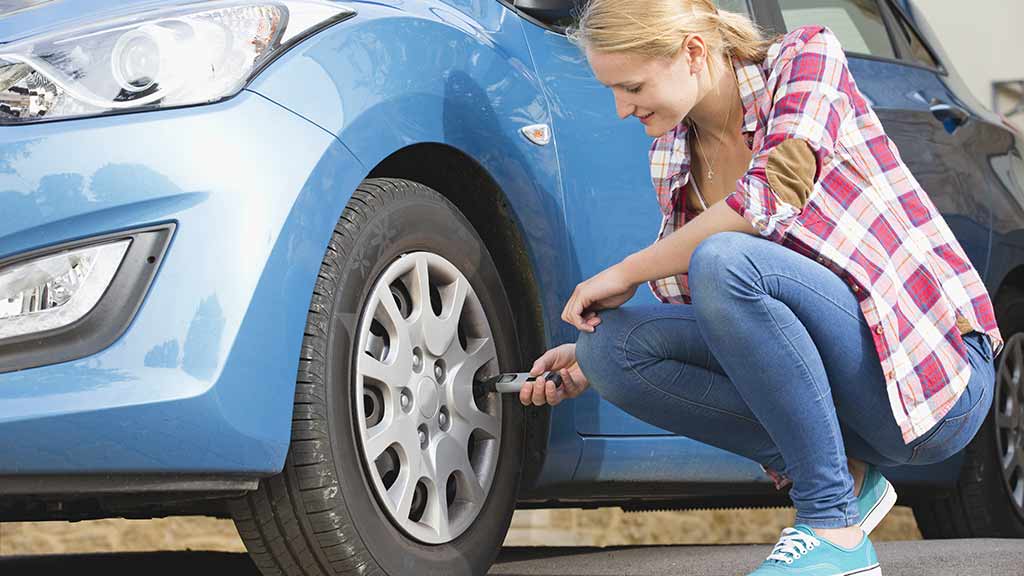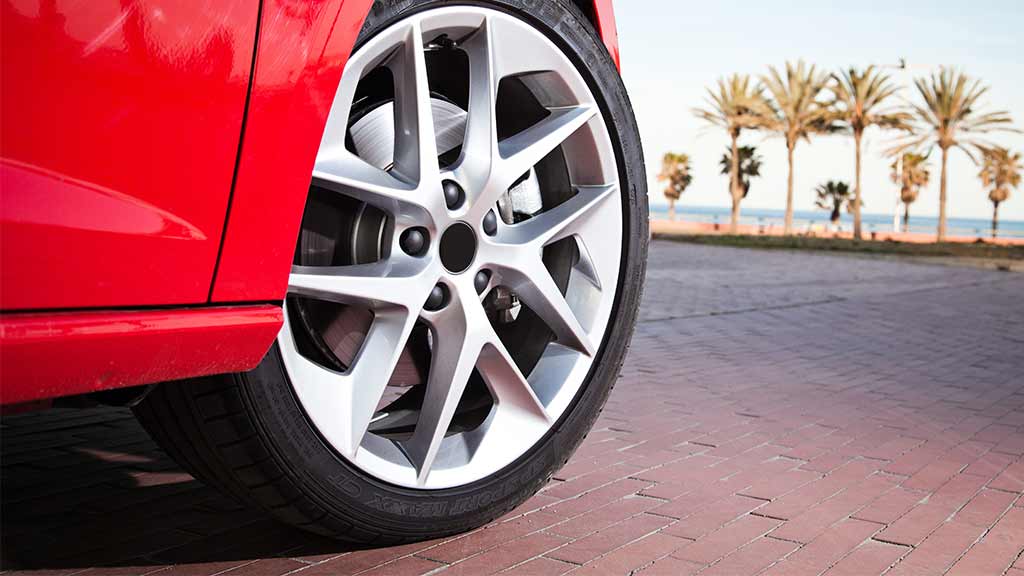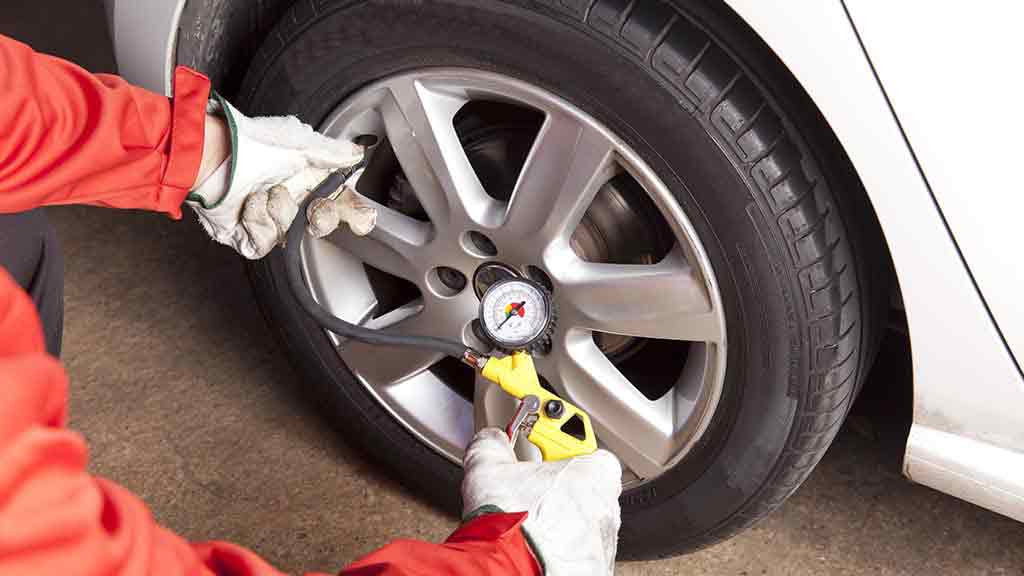How to buy the best tyre pressure monitoring system
Keep track of your car tyre pressure wirelessly and in real time.
Last updated: 8 Nov 2021
Many vehicles sold in Australia possess a factory-installed tyre pressure monitoring system (TPMS) or warning system as a result of legislation already in place in the US and Europe. This legislation mandates that new cars in certain regions cannot be sold without one of these systems fitted, so the technology has also found its way into some Australian garages.
On this page:
Indirect or direct system
Factory-fitted systems fall into two categories: indirect and direct. Both will trigger a warning light on the dash when low tyre pressure is recognised, but the method of detection is quite different.
The indirect system uses the car’s Antilock Braking System (ABS) sensors to measure wheel rotation. If one wheel is spinning faster, the system deduces that deflation has occurred and triggers the warning.
The direct system uses wireless sensors in each wheel that directly measure tyre pressure and transmit this data to a display unit. When pressure drops below a pre-determined point, the warning is raised. Although generally more expensive than the indirect system, the direct system is less prone to inaccuracies due to tyre rotations and replacements, and can provide actual pressure readings. It is this technology that is utilised in all models in our tyre pressure monitoring systems test.
Choice’s tyre pressure monitoring system test
The TPMS models that we tested all come with four sensors (one for each wheel) and a receiver unit. They all have a built-in display to show real-time tyre pressures, except for the Fobo Tyre which uses an app to display the information on your Android or iOS device. The systems are all suitable for cars, four-wheel drives, caravans and trailers, but some have limited pressure ranges.
While most models we tested are limited to four sensors, several have capacity for an extra sensor for your spare tyre, and some are capable of monitoring additional tyres (up to 22), which is something you should consider if you’re planning on towing a trailer or caravan.
Scoring and how we test
The overall score is made up of accuracy (70%), display (15%) and ease of removing the sensor to adjust tyre pressures (15%).
Accuracy: The tyre sensors were fitted and paired to the display device as per the manufacturer’s instructions. Tyre pressures were adjusted to 35psi using a calibrated reference pressure gauge, and then readings were taken from the device’s in-car display. The results were averaged and then scored according to the difference from the reference reading.
Range: A tyre was removed and placed 20 metres behind the vehicle to ensure readings were registered. This was done to simulate use on a caravan or trailer. While the majority of models we tested registered readings at 20 metres, there were some that did not, so you should be aware of this if you are planning on towing.
Display: The display was assessed for quality and clarity of readings. A large, clear display that shows the status of all tyres at the same time is ideal.
Ease of use: The sensors were removed from the tyres to evaluate how easy it is to adjust tyre pressure if required.
Features and considerations
Fast air leak detector
Detects a fast leak and sends an alert to the display unit. This allows the driver time to slow down or stop safely before the tyre becomes severely deflated.
Pressure range (psi)
The range of pressures at which the sensors are claimed to be accurate. Be sure to choose the product that’s suitable for your application. Four-wheel drives may use pressures below 20psi, regular road cars are usually somewhere between 25 and 40 psi, and some caravans and trailers require over 50psi.
Sensor battery
The type of replacement battery required for each sensor.
Maximum number of sensors
All the products we tested come with four sensors but some allow for extra sensors to be added to the system for use with caravans and trailers etc.
Temperature range (°C)
The recommended operating temperature range of the sensors.
Related
Ashley worked at CHOICE from 2017–2024. He was Head of the whitegoods team.
You can find Ashley on LinkedIn.
Ashley worked at CHOICE from 2017–2024. He was Head of the whitegoods team.
You can find Ashley on LinkedIn.

